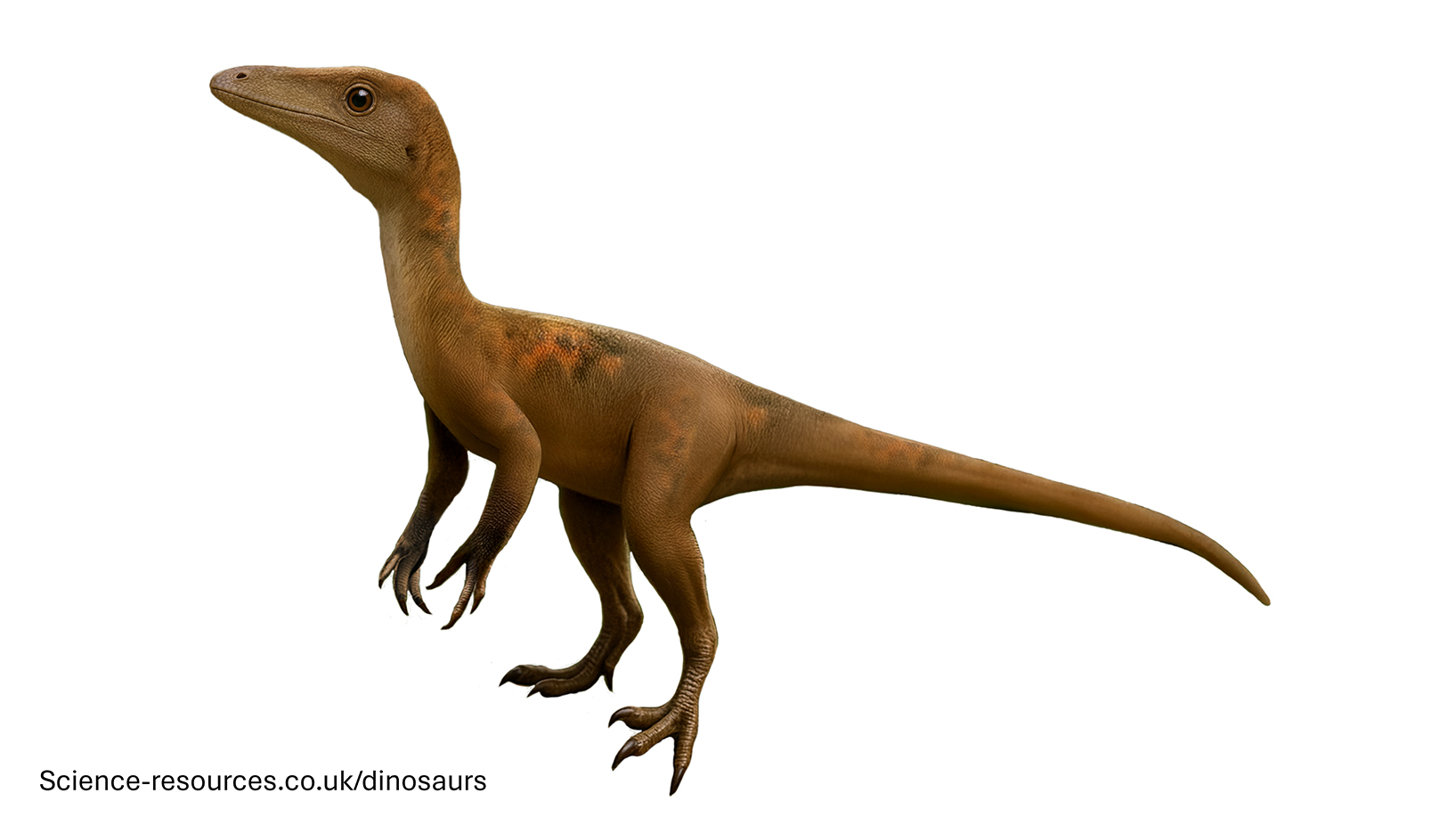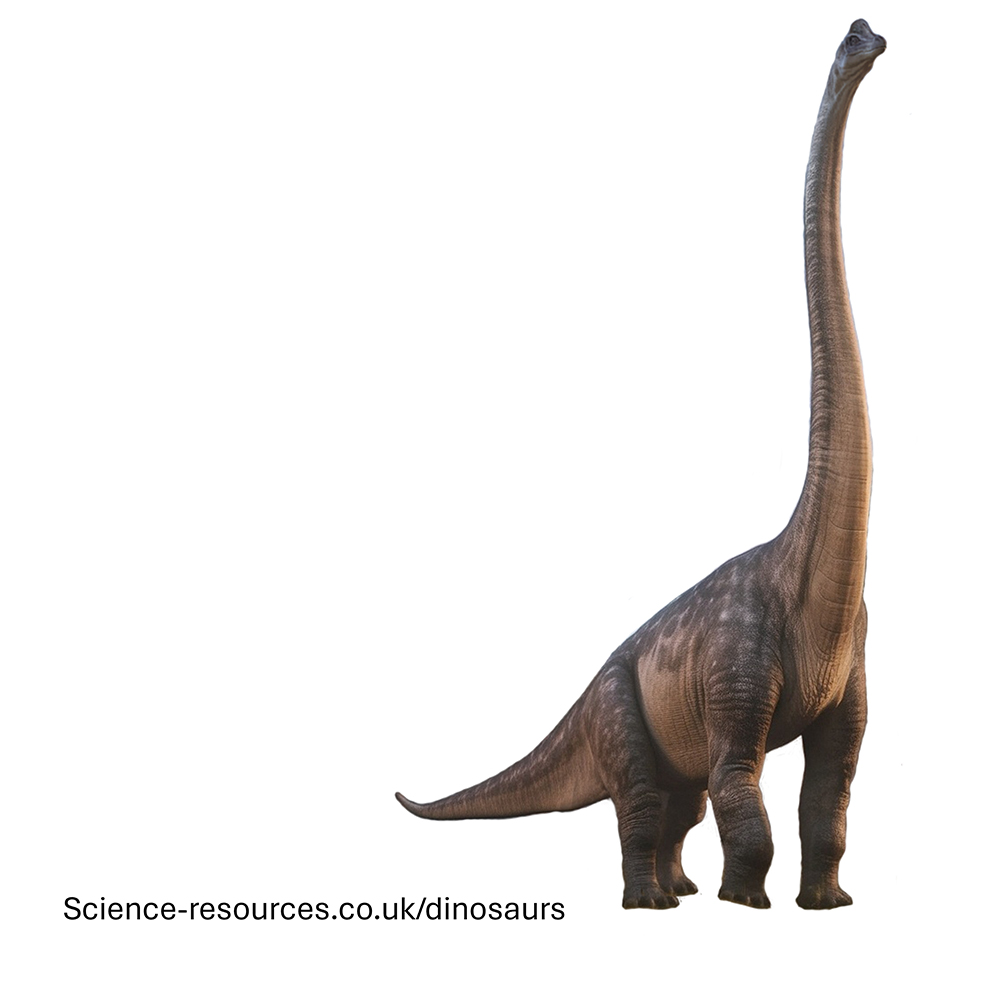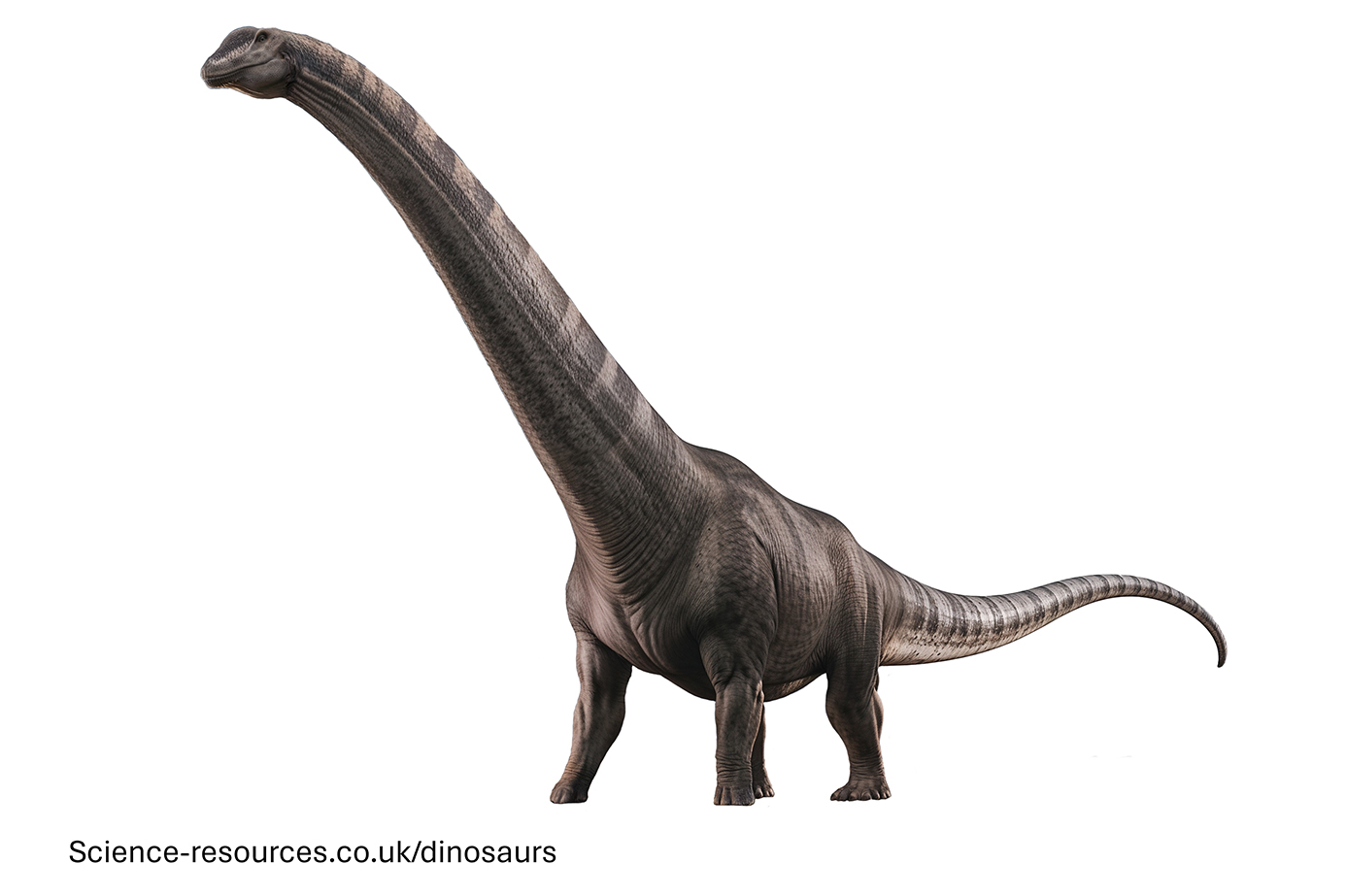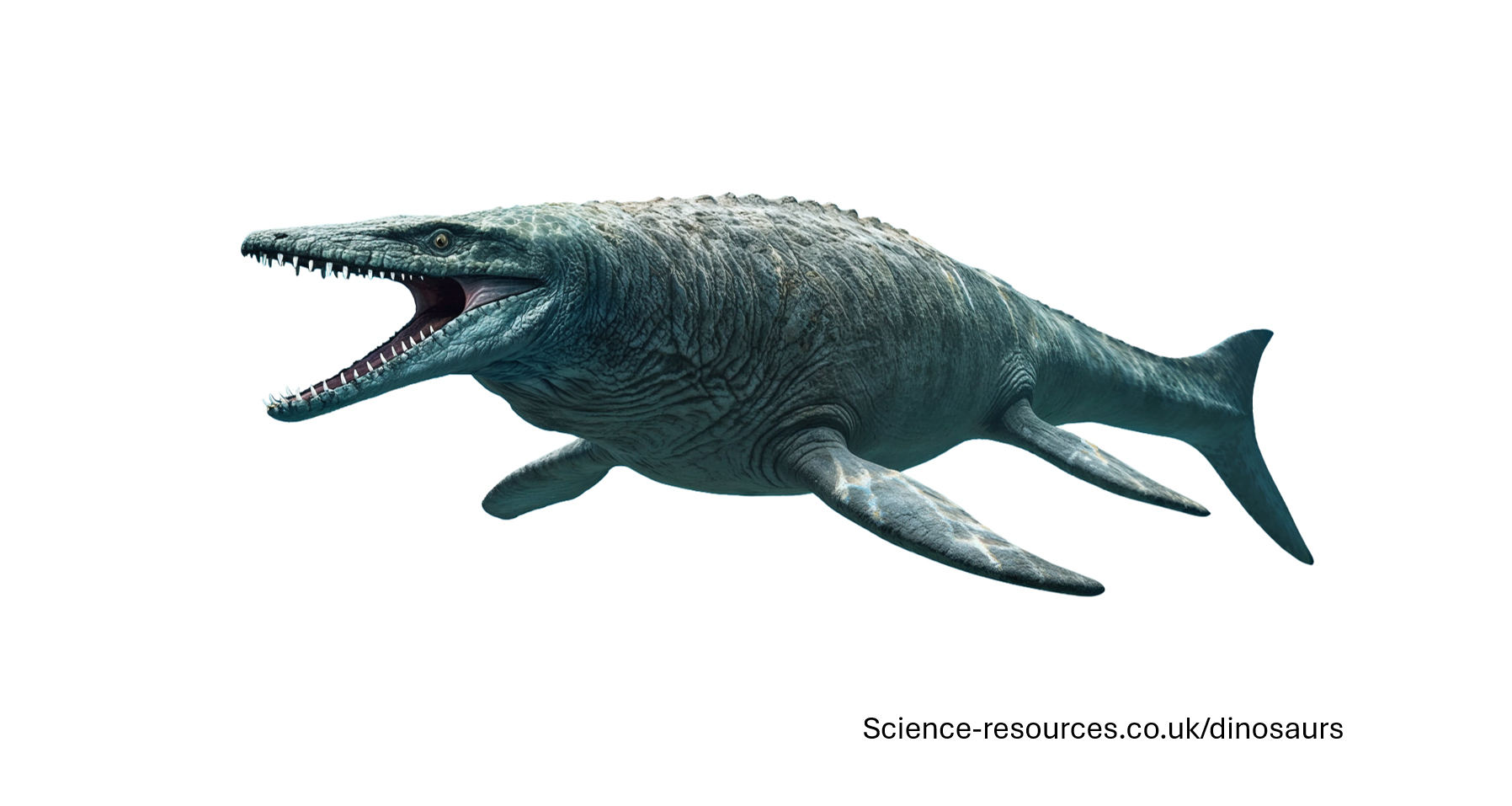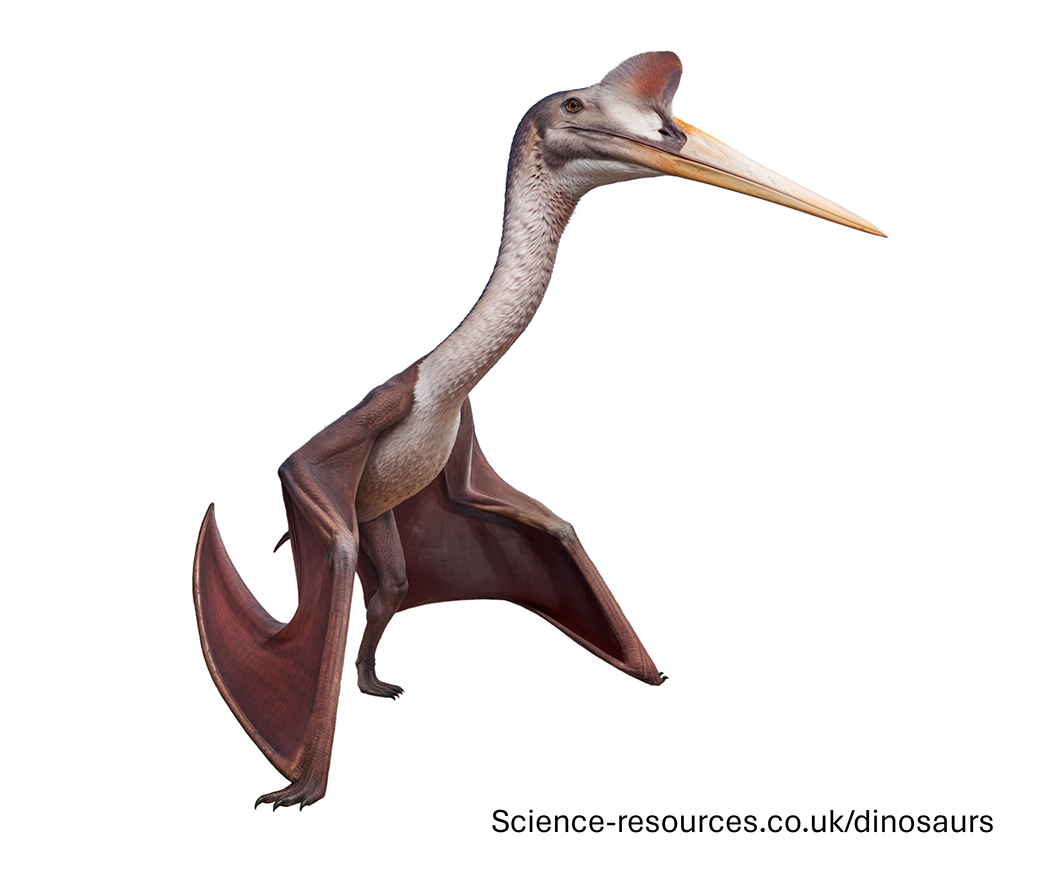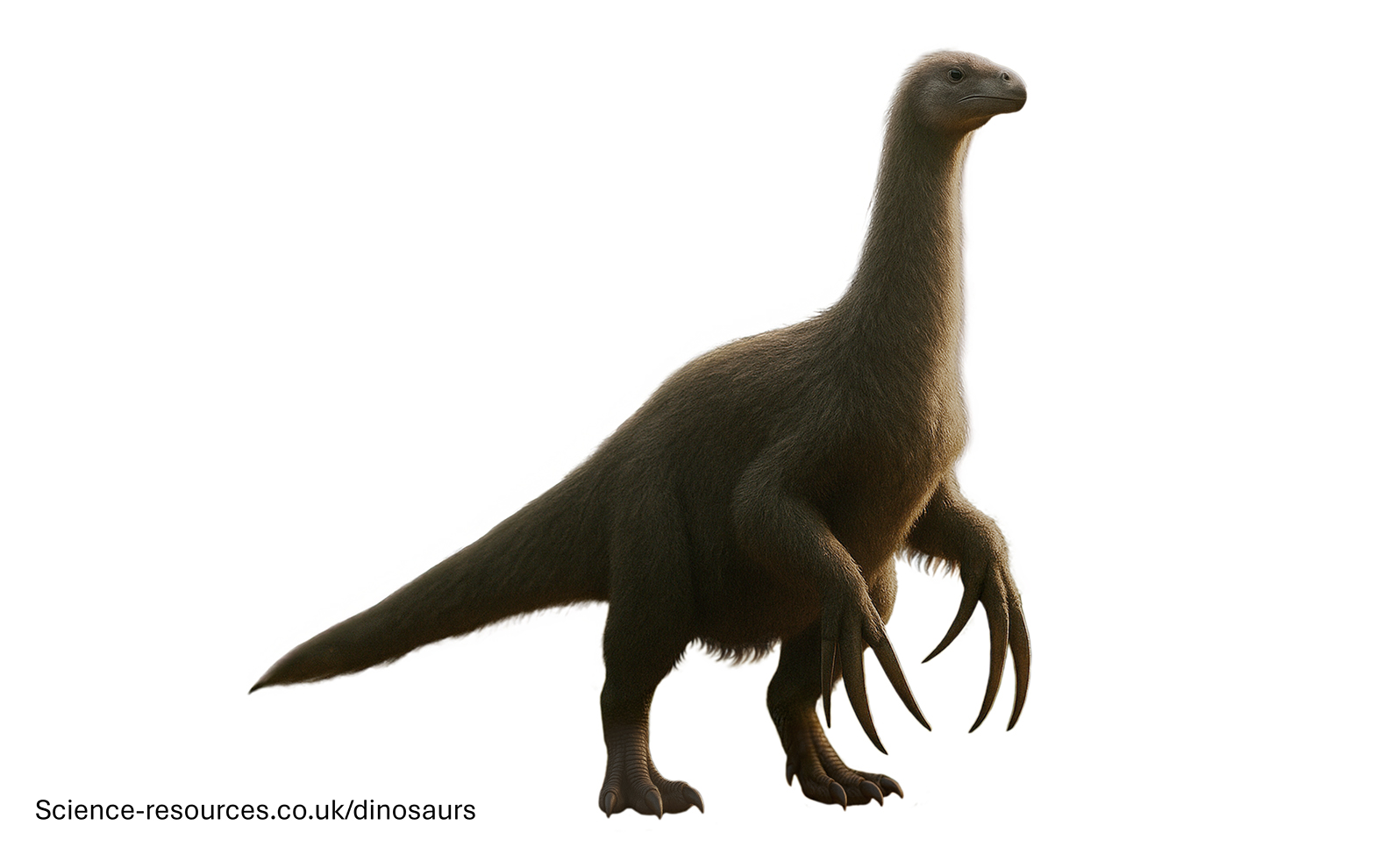i-How: How big were Dinosaurs?
Dinosaurs
Contents:
Dinosaurs were among the largest animals to ever walk the earth however, dinosaurs came in many shapes and sizes. The largest dinosaurs were over 100 feet (30 m) long and up to 50 feet (15 metres) tall such as Argentinosaurus, Brachiosaurus, Seismosaurus and Supersaurus. Some of the smallest dinosaurs, such as Compsognathus and Microraptor were about the size of a chicken.
How big was the largest Dinosaur?
The largest dinosaurs were truly colossal creatures. Among them, the Argentinosaurus and Brachiosaurus stand out prominently. Argentinosaurus, one of the largest dinosaurs ever found, measured up to 130 feet (40 metres) in length and weighed approximately 80-100 tons. Brachiosaurus, known for its distinctive long forelegs, reached a height of 40 feet (12 metres) and weighed around 60 tons (54,500 kg).
How big was the smallest Dinosaur?
Small dinosaurs fossils are harder to find and are weathered away easily however, of all the dinosaur fossils found, the smallest are about the size of a chicken. These Dinosaurs include:
- Compsognathus: Chicken-sized Theropod Dinosaur. Length: 3 feet (1 metre). Weigth: about 1.8 – 7.7 lb (0.8 – 3.5 kg).
- Microrapter: - Four winged Therapod Dinosaur. Length: 2.5 feet (77 cm).
- Lesothasaurus: Fast running herbivore. Length: 3 feet (1 metre).
|
Compsognathus image courtesy of science-resources.co.uk |
Pronounced: KOMP-SOW-NAY-thus Name Means: "Pretty Jaw" Length: 3 feet (1 metre) Height: 1 foot (0.3 metres) Weight: 1.8 – 7.7 lb (0.8 – 3.5 kg) Diet: Carnivore (Insects, Lizards, Meat) Time: Late Jurassic Habitat: Desert Island Fossils Found: Europe |
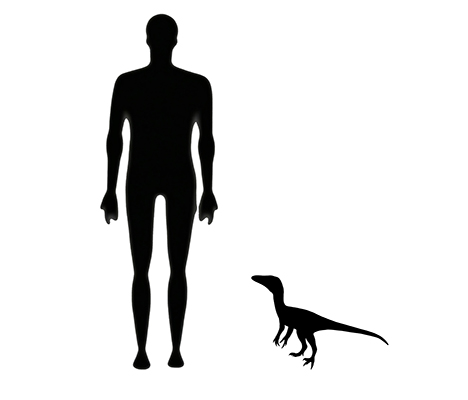
Compsognathus Size image courtesy of science-resources.co.uk
However, the title for the smallest known Dinosaur currently goes to Parvicursor remotus, which measured just over 1.6 feet (0.5 metres) in length and weighed around 1-2 pounds (0.5-1 kg).
The tallest dinosaurs were the Brachiosaurid sauropods, such as Brachiosaurus and Sauroposeidon. The Brachiosarids were gigantic herbivorous Dinosuars. Their most stricking feature, other than their shear size, was their long fore legs which were much longer than their hind legs. These sauropods are amongst the largest land animals known to have ever walked the Earth. Brachiosaurus reached a height of about 40 feet (12 meters), while Sauroposeidon, the tallest dinosaur ever discovered, soared to an impressive 56 feet (17 meters). Brachiosaurus image courtesy of science-resources.co.uk Pronounced: BRACK-ee-oh-SAW-rus Brachiosaurus Size image courtesy of science-resources.co.uk The longest dinosaurs were the sauropods, particularly the diplodocid sauropods like Supersaurus and the titanosaurid sauropods like Argentinosaurus. These Dinosaurs had very long necks which were counterbalanced by huge tails. Supersaurus measured between 108 to 112 feet (33 to 34 metres) in length, while Argentinosaurus stretched up to 130 feet (40 metres) and Diplodocus measured up to 100 feet (30 metres). Argentinosaurus holds the title for the heaviest dinosaur. With an estimated weight of 80-100 tons, it dwarfed most other dinosaurs in size and mass. Argentinosaurus image courtesy of science-resources.co.uk Pronounced: AR-gent-eeno-sore-us Name Means: "Argentina Lizard" Length: 115 feet (35 m) Height: 65 feet (20 m) Weight: 70 - 100 tons (70,000 - 100,000 kg) Diet: Herbivore (Plants) Time: Late Cretaceous - 97 - 94 million years ago Habitat: Forests and plains Fossils Found: South America Parvicursor remotus remains one of the lightest dinosaurs, weighing as little as 1-2 pounds (0.5-1 kg). Also, among the lightest dinosaurs was Compsognathus, weighing as little as 1.8 pounds (0.8 kg). Its small size and lightweight made it a nimble predator in its Late Jurassic habitat. How tall was the tallest Dinosaur?
Name Means: "Arm Lizard"
Length: 82 feet (25 m)
Height: 40 feet (12 m)
Weight: 60 tons (54,500 kg)
Diet: Herbivore (Plants)
Time: Middle to Late Jurassic - 150 million years ago
Habitat: Open Woodland
Fossils Found: Africa, Southern Europe, Northern, Western North America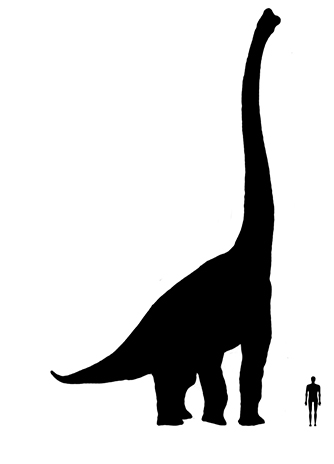
How long was the longest Dinosaur?
How heavy was the heaviest Dinosaur?
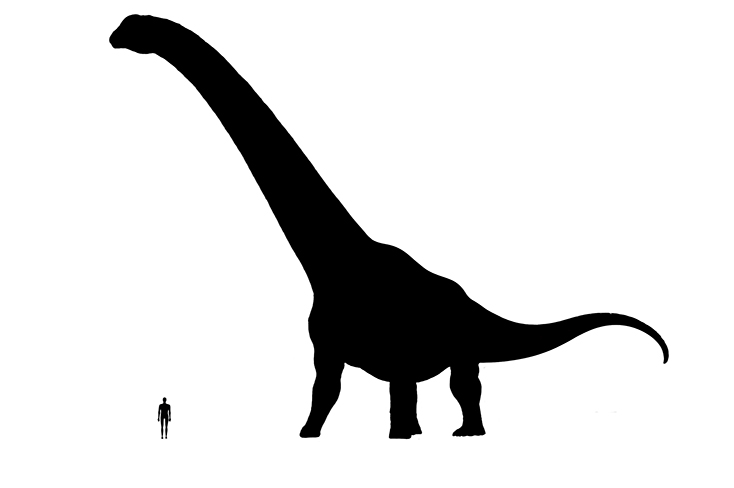
How light was the lightest Dinosaur?
Latest evidence shows that the Spinosaurus was likely the largest carnivorous dinosaur, measuring over 50 feet (15 metres) in length and weighing around 7-10 tons. In comparison, the largest T. rex ever found measured about 40 feet (12 metres) long and weighed nearly 9 tons. These large carnivorous predators were formidable hunters. While true dinosaurs did not live in the sea, marine reptiles like Mosasaurs and Plesiosaurs are often confused with dinosaurs. Mosasaurs, some of the biggest aquatic predators, could reach lengths of up to 50 feet (15 metres). Mosasaurus image courtesy of science-resources.co.uk Pronounced: mo-sa-SAW-rus The largest flying dinosaurs, which were actually pterosaurs, included Quetzalcoatlus. It had a wingspan that stretched up to 33 feet (10 metres), making it one of the largest flying creatures ever. Quetzalcoatlus image courtesy of science-resources.co.uk Pronounced: Ketzal-ko-atlus Name Means: "Feathered Serpent" Therizinosaurus is known for having the longest claws of any dinosaur. Its claws could reach up to 3 feet (1 metre) long, which it likely used for foraging and defense. Therizinosaurus image courtesy of science-resources.co.uk Pronounced: theh-rih-ZEEN-oh-sore-us Name Means: "Scythe Lizard" Length: up to 10 m (33 feet) Height: up to 5 m (16 feet) Weight: about 5,000 kilograms (5 tons) Diet: Herbivore (plants) Time: Late Cretaceous (about 70 million years ago) Fossils Found: Asia (Mongolia) The largest Tyrannosaurus rex (T. rex) ever discovered, nicknamed "Scotty", was estimated to be about 42 feet long and weigh around 9 tons (9,000 kg). This beats the previous record held by "Sue", which was estimated at 40 feet (12.3 metres) long and 8.4 tons (8,400 kilograms). Tyrannosaurus Rex "Sue" image courtesy of science-resources.co.uk "Scotty" T.rex
Name Means: "Tyrant Lizard" Q1: How big was the largest dinosaur? A1: The largest known dinosaur was Argentinosaurus, a titanosaur that could reach lengths of over 130 feet (40 metres) and weigh up to 100 tonnes. Q2: How big was the smallest dinosaur? A2: The smallest known dinosaur is Oculudentavis, a bird-like dinosaur about the size of a hummingbird, measuring just a few centimetres long and weighing only a couple of grams. Q3: How tall was the tallest dinosaur? A3: The tallest dinosaur was likely Sauroposeidon, estimated to reach heights of up to 18 metres (59 feet) when its neck was fully extended. Q4: How long was the longest dinosaur? A4: Diplodocus and Supersaurus are contenders for the longest dinosaurs, with estimates suggesting lengths of up to 35 metres (115 feet) or more. Q5: How heavy was the heaviest dinosaur? A5: Argentinosaurus is also considered the heaviest, with weight estimates ranging from 80 to 100 tonnes. Q6: How light was the lightest dinosaur? A6: The lightest known dinosaur, Oculudentavis, weighed less than 2 grams—lighter than a standard sheet of paper. Q7: How big were carnivorous dinosaurs? A7: Large carnivorous dinosaurs like Spinosaurus and Tyrannosaurus rex could reach lengths of 12–15 metres (40–50 feet) and weigh between 7 and 10 tonnes. Q8: How big was the biggest sea dinosaur? A8: While not technically a dinosaur, the marine reptile Shonisaurus, a type of ichthyosaur, could reach lengths of over 21 metres (69 feet). Q9: How big was the biggest flying dinosaur? A9: The largest flying reptile was Quetzalcoatlus, with an estimated wingspan of up to 10–11 metres (33–36 feet). Q10: How big was the dinosaur with the longest claws? A10: Therizinosaurus had the longest claws of any known dinosaur, with each claw reaching up to 1 metre (3.3 feet) in length. Q11: How big was the largest Tyrannosaurus rex? A11: The largest known T. rex specimen, nicknamed “Scotty,” measured about 13 metres (43 feet) long and weighed an estimated 8,800 kilograms (9.7 tonnes). Q12: How big were dinosaur eggs? A12: Dinosaur eggs varied in size, with some as small as a few centimetres and others, like those of Hypselosaurus, reaching up to 30 cm (12 inches) in length. Q13: How big were baby dinosaurs when they hatched? A13: Baby dinosaurs were generally much smaller than adults. For example, a newly hatched T. rex may have been about 1 metre (3 feet) long. Q14: How did dinosaur size compare to modern animals? A14: Many dinosaurs were significantly larger than modern land animals. For instance, Argentinosaurus was heavier than a herd of elephants, while even smaller theropods could rival large modern predators in size. Q15: Were all dinosaurs gigantic? A15: No, not all dinosaurs were huge. Many species were the size of chickens or dogs, and some, like Microraptor, were small and lightweight, adapted for gliding or flight. Tags: how big were dinosaurs; smallest dinosaur; tallest dinosaur; longest dinosaur; how big was t-rex, how big was the largest Sauropod, how big was the largest Dinosaur that ever lived, how big was the largest Dinosaur on Earth, how big was the largest Dinosaur predatorHow big were carnivorous Dinosaurs?
How big was the biggest sea Dinosaur?
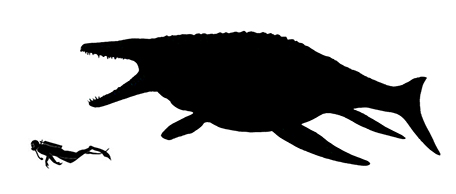
Name Means: "Meuse lizard"
Length: Up to 15 meters (50 feet)
Diet: Carnivore (Fish, other marine reptiles)
Time: Cretaceous - 145 to 66 million years ago
Habitat: Open Seas
Fossils Found: Europe, North America, South America.How big was the biggest flying Dinosaur?

Wing span: 10–11 m (33–36 ft)
Diet: Carnivore (Fish, carrion, Small amimals)
Time: Late Cretaceous (70 million to 68 million years ago)
Habitat: Lakes, floodplains, coastal regions
Fossils Found: North AmericaHow big was the Dinosaur with the longest claws?
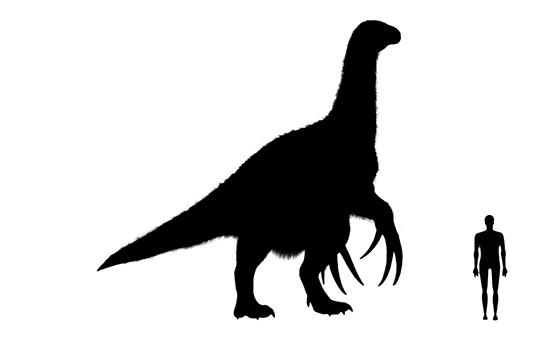
How big was the largest T. rex?
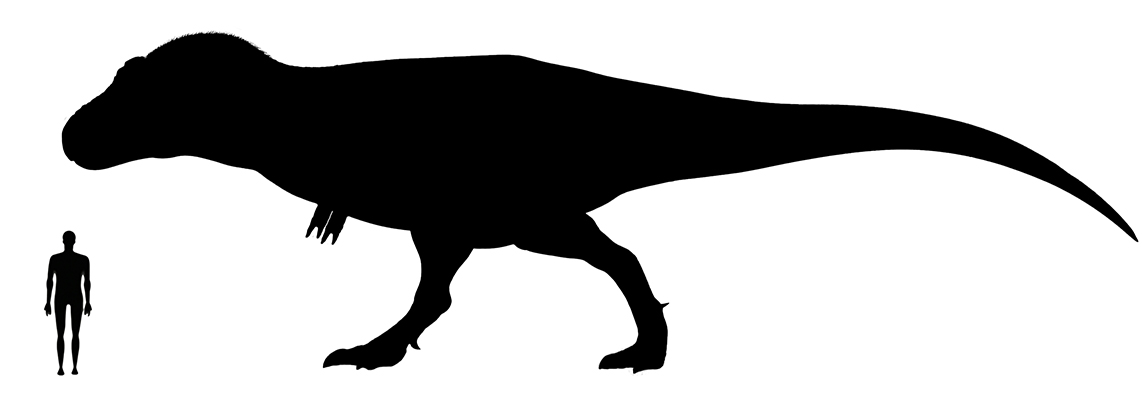
Pronounced: tie-RAN-oh-SAW-rus
Length: 42 feet (13 metres)
Height: 13 feet (5 m)
Weight: 9 tons (9,000 kg)
Diet: Carnivore (Meat)
Time: Late Cretaceous - 65 million years ago
Habitat: Forests
Fossils Found: Asia, Western North AmericaFrequently asked questions about Dinosaur size
You may also be interested in
